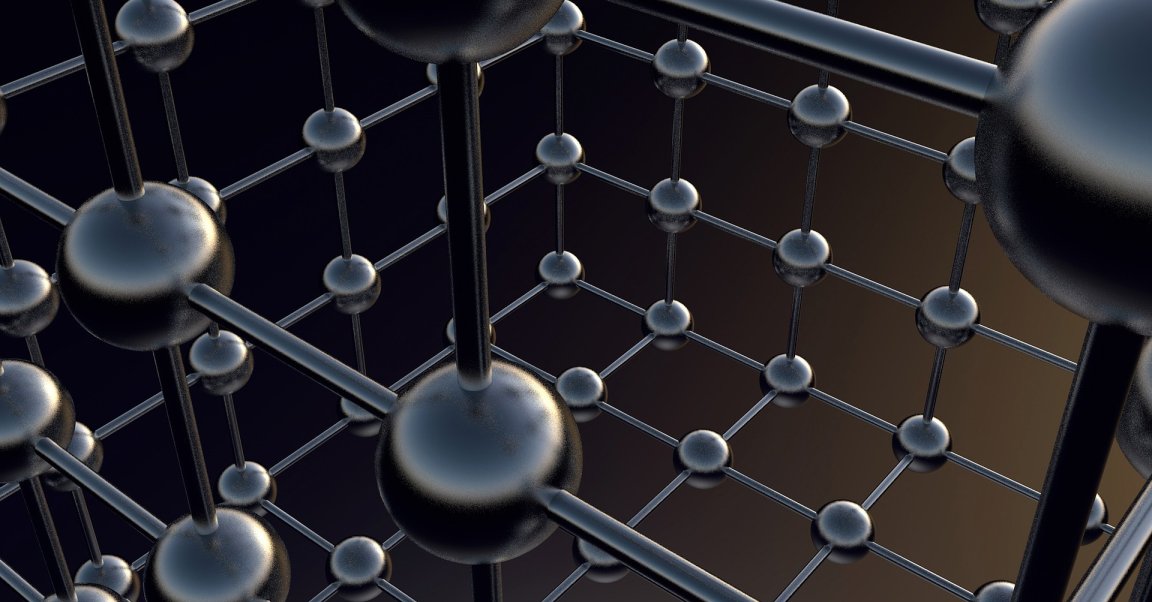
A Materials Science Surprise
Some of the tiniest crystals in the world can, together, form superlattices, the basic elements of various novel materials. These crystals are also called “artificial atoms,” because they can organize themselves into structures that look a lot like molecules.
Scientists from the Department of Energy’s (DoE’s) SLAC National Accelerator Laboratory (SLAC) and Stanford University have now serendipitously observed these nanocrystals forming superlattices as they grow. In fact, during the routine synthesis of nanocrystals, superlattices can form incredibly fast — in a matter of seconds, not days. These observations, the first of their kind, will help scientists to adapt and improve the assembly process and use it to make novel materials for applications such as solar cells, optoelectronics, magnetic storage, and catalysts that speed up chemical reactions.

A Quickened Pace
Until this work, superlattices were grown at low temperatures slowly, often over the course of several days. However, an accidental discovery revealed that heating palladium nanocrystals with an SSRL X-ray beam, which “fries” the nanocrystals, also prompts them to self-assemble into superlattices.
“The challenge was to understand what brings the particles together and attracts them to each other but not too strongly, so they have room to wiggle around and settle into an ordered position,” Stanford assistant professor of chemical engineering Jian Qin said in a statement. Since that time, the team has focused follow-up experiments on how to change the composition, properties, and size of the superlattices, and on how the superlattices grow. They have also realized that the process is more generalizable.
“Once we understood this system, we realized this process may be more general than we initially thought,” Stanford postdoctoral researcher Liheng Wu, who originally observed the process, said in the statement. “We have demonstrated that it’s not only limited to metals, but it can also be extended to semiconducting materials and very likely to a much larger set of materials.”